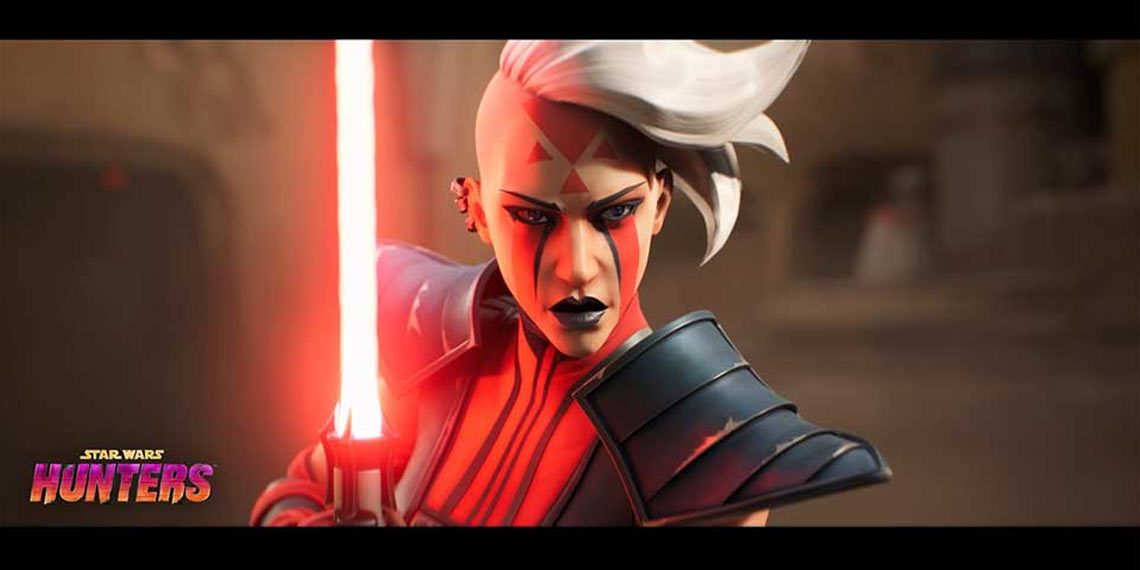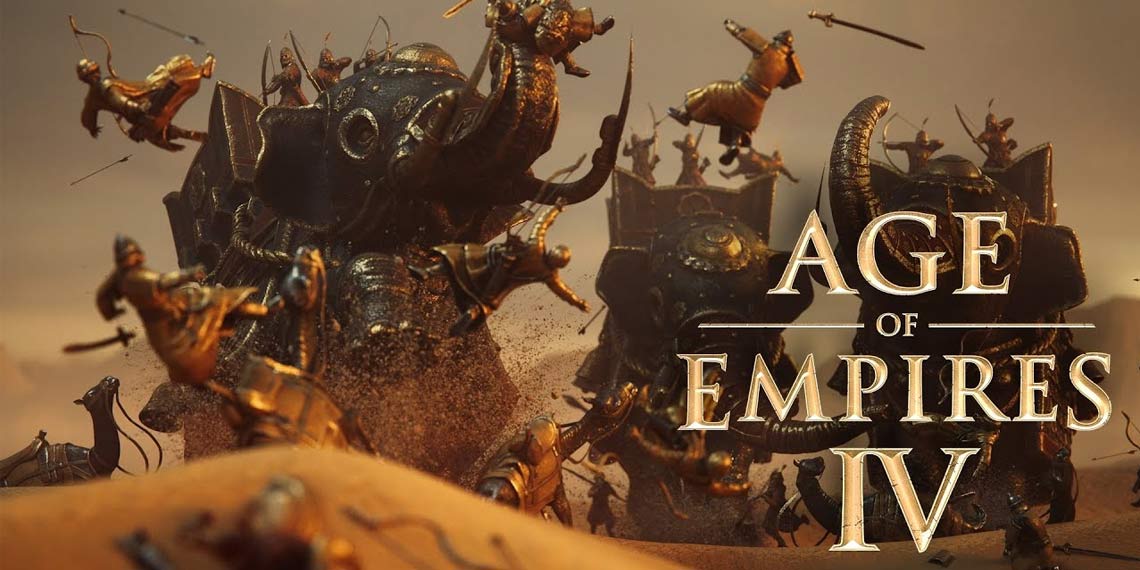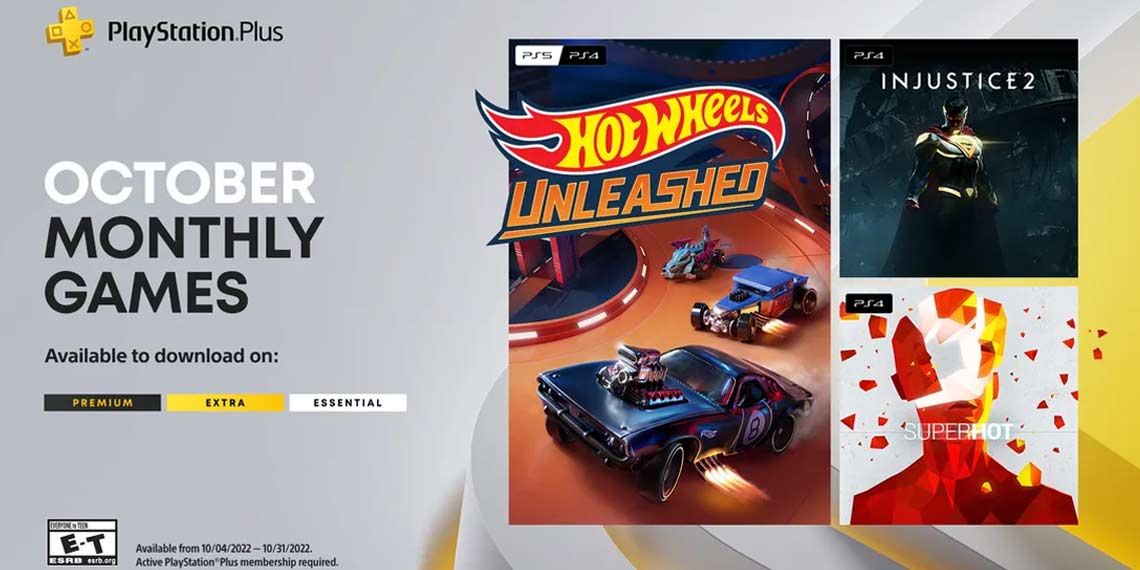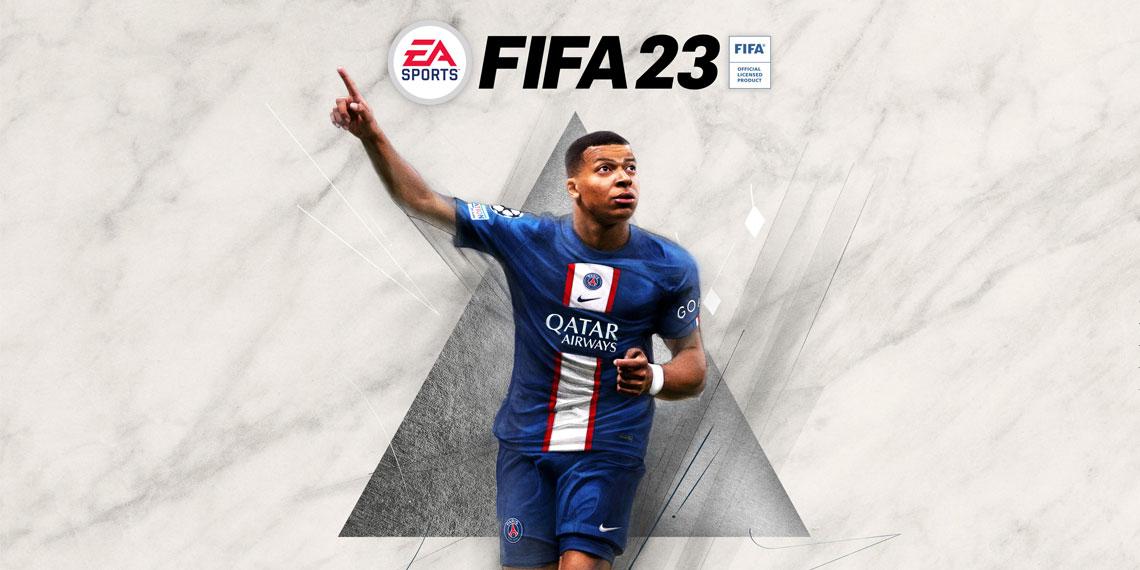The Uncharted saga is now a cornerstone of the cosmogony of the PlayStation exclusives, despite the soft-launch in the future on the PC of the collection in question.
Nathan Drake and co. enjoy their well-deserved retirement, after 4 adrenaline-pumping chapters, a prequel on PSVita in 2016 and a standalone expansion with different (but perfectly fitting) protagonists, but perhaps Sony's new flagship could have refrained from paying the right tribute to one of its tips. diamond?
Hence, Uncharted 4: A Thief's End and The Lost Legacy, originally released on PS4 in 2016 and 2017, arrive on January 28 on PS5 (and later also on PC) in a package, Uncharted: Legacy Collection. Thieves precisely, embellished with a refurbishment that exploits the potential of the new console. With the not too secret hope that this is nothing more than an appetizer for a return in a grand style of ours, perhaps in a more open and free playful context (as timidly experienced in the expansion). Waiting to see how our exploits will go on the big screen with the film arriving on February 17th in Italian cinemas.
And if, on the one hand, it is nice to see how in reality both titles have aged very well, both playfully and graphically, leaving us to doubt the actual usefulness of a remastering so "closely", on the other, taking a tour of the chapters originals, even in backward compatibility, it becomes really difficult to go back. Just to reiterate the importance of 60 fps.

Content, as mentioned, we are in the presence of the same episodes, to the point of being able to peacefully import the old saves from the cloud (this time without too many headaches, ed). Uncharted 4, however, lacks the multiplayer sector, a news received with much more anger by the communities than I expected: the writer has always found it as a stretch that risked taking away energy and resources from a saga that has always given its best. on an adrenaline-pumping single player full of action, enigmas, breathtaking and memorable settings, certainly not for his shootings which, today more than before, reaffirm how in reality Uncharted would not have spoiled a soul closer at all to Indiana Jones than to Rambo, remaining in the field of cinematography.
A factor evident above all in the Lost Legacy: if in Uncharted 4, in certain moments of pure exploration, climbing between a building poised on the void or on the windows of an ancient villa, you feel the spell being broken upon the arrival of the 'yet another troop of soldiers on duty, it is in the expansion, experienced in the role of Chloe and Nadine, that part of the enthusiasm of being in a more open and free context is dampened precisely at the most beautiful, in the conclusion, when one brutally returns to the tracks of the past.
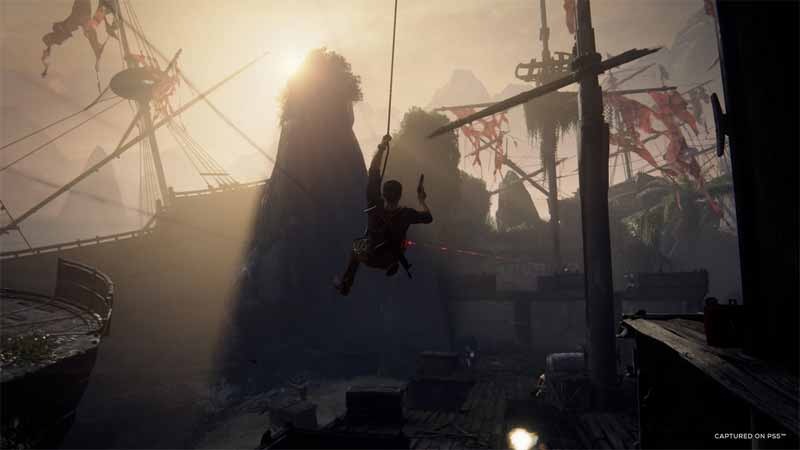
Let me be clear, nothing capable of ruining the experience: both chapters, even today, are very enjoyable and fun, thanks to a cinematic cut that, despite the stellar standards raised by Naughty Dog herself with The Last of Us Part II, reaffirms how much it was ahead of the time, the Californian company, already projected towards a future made no more of simple games, but of IPs that become narrative universes to be explored even in comics, at the cinema or on TV. Certain dialogues, crazy animations, twists, but also the ability to make certain theories credible and plausible, certain conjectures related to this pirate myth or to the discovery of an ancient Indian city that has disappeared from the radar, are all in their place, able to surprise us as in the past, or perhaps even more.
Because after more than five years we are all more grown up and aware players, even more experienced ones, who in the meantime have played and experienced the aforementioned TloU, or maybe even Red Dead Redemption 2, God of War. And without hiding too much, the idea of returning to a more canonical experience and on tracks like Uncharted's had the flavor of the already seen, almost of the boring. But no, because the exploits of Nathan, Sam and Sully in search of Henry Avery's treasure, on the run from ex-partner Rafe and heartless mercenary Nadine Ross, still work great today.
The merit is of environmental puzzles and not so well thought out as to be mechanically complex without ever being frustrating, of huge locations, very rich in details (sometimes too much), to be overcome for more than half the time by jumping and swinging with a rope, of jokes pulled out at the right moment, to break up a dramatic or tense moment, all while transmitting to the player an avalanche of true historical notions and full-blown legends, but wisely adapted in a fantastic and surreal context.
The same goes for The Lost Legacy, where from the journey around the world of 4, from Scotland to Madagascar, we move on to a single, large map located in the heart of India, in search of the precious Fang of Ganesh, which is of interest not only to “our” Chloe, more than valid replacement for Nate, but also to Asav, the rebel leader involved in a war with the Indian government. Here, the open structure of the world dominates, with an overworld to be explored mostly in jeeps and dungeons, outdoors and indoors, scattered here and there to explore and clean up, and a greater focus on stealth, or in any case on freedom. of approach, which leave a serious desire for a return with new mechanics along the lines of what is seen here. Even in the shortest standalone expansion (about 7 hours in duration, against 15 in 4), the wonders to see and face are not wasted, and the adventure of the two heroines has not lost an ounce of polish since that (not too much) far 2017.

To emphasize the sense of wonder, clearly, contributes the power of PlayStation 5, which gives us back two chapters already sensational from a technical point of view, but today even more beautiful and in certain situations able to hide their generational old age. As has become tradition, even for Uncharted Collection: The Legacy of Thieves you can choose a different mode of use: you can push the visual quality to the maximum with the Fidelity mode, which brings the resolution to 4K, giving even more definition to the remastered and even cleaner texture park, or to the shadows, without the aliasing of the past, but content with the same 30 fps (but definitely more rocky and fluid than those seen on PS4 at the time). For those who own a TV capable of supporting 120 Hz, there is even the Performance + mode, which offers that sensational fluidity of image, while maintaining the resolution at 1080p. Finally, our favorite is the one in the middle: Performance guarantees a very fluid 60 fps, essential for enjoying the jumps and shootings of both Uncharteds, and an upscale to 4K (if you have a 4K TV, of course) that has little to do with. envy to the native one of Fidelity.
Regardless of the mode chosen, both games are more pleasant to see than in the past, more defined and above all fluid both in-game and in the cutscenes, with sensational reflections and perhaps less stunning but still level lighting, and even more particle effects. precise and suggestive (from the bullets, which leave clearly visible trails, to the smoke of the flea markets). If the glance is apparently the same, impressive as it once was, it is in the details that the improvements are noticed.
But the real differences are found elsewhere. First of all, in the control system, more responsive and engaging thanks to DualSense, but less than we hoped for. The vibration is more precise and studied (it is more noticeable for example when it rains or passes under a waterfall, or when the hero on duty takes notes in his notebook), but nothing of what has been seen on native PS5 exclusives (such as Returnal), and also the triggers, although they exert different resistances based on the weapon, these are however very slight differences, nothing comparable to a Deathloop, mind you.
The interface has also been slightly revised (specifically, the on-screen prompts), in line with that of the Nathan Drake Collection, and 3D Audio has been implemented, enjoyed great with PS5 headphones. What struck us most, however, were the uploads, which do not exist. It was traumatic and at the same time nostalgic to compare the versions of today with those of the past and to see on PS4 the coins that rotate during the loading between one chapter and another, here completely absent (since there are no moments in which the game is forced to stop everything to load the next sequence). Too bad only for some bugs found in the Uncharted 4 cutscenes, with quite comical results, and some collision problems. Nothing game breaking and that a D1 patch can't solve, however (also because they were completely absent at the time).
Conclusions
Was there really a need for Uncharted: Legacy of Thieves Collection? Before challenging the pad the doubts were more than legitimate, but after comparing the already valid old versions with the new ones, it is impossible to go back, especially at the paltry cost required for the passage (at least to the owners of the physical versions of the originals, even just one of the two, so not those included in the PS Plus): for 10 € you take home two excellent chapters of an unforgettable saga, in a not so drastically improved guise (only because the source material was already of a high level), but still more enjoyable than ever. The most obvious difference, as in the case of other Remastered, results mainly in the transition from 30 to 60 fps.
The € 50 for those starting from scratch is a bit more difficult to digest, given the years on the rump and the missing pieces due to the absence of the first 3 chapters: the feeling is that perhaps a more expensive package would have made more sense, but also more complete. But considerations aside on the price and meaning of the operation, from a technical point of view it can only be said to be largely successful.
You May Also Like:
PUBG: Battlegrounds goes free-to-play today, back in Top 3 on Steam
Resident Evil Village : Game Review
PS5 vs Xbox Series X, the comparison one year after the release


